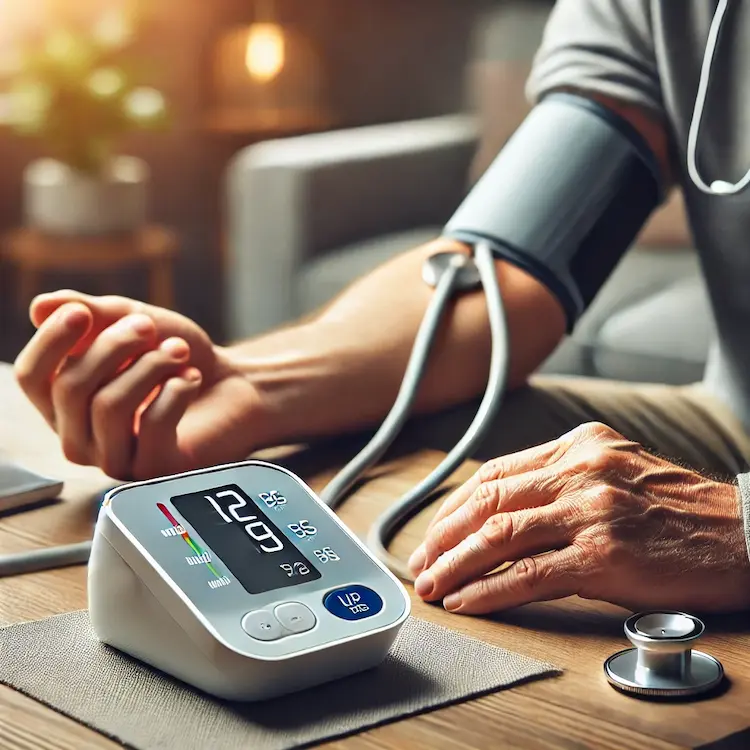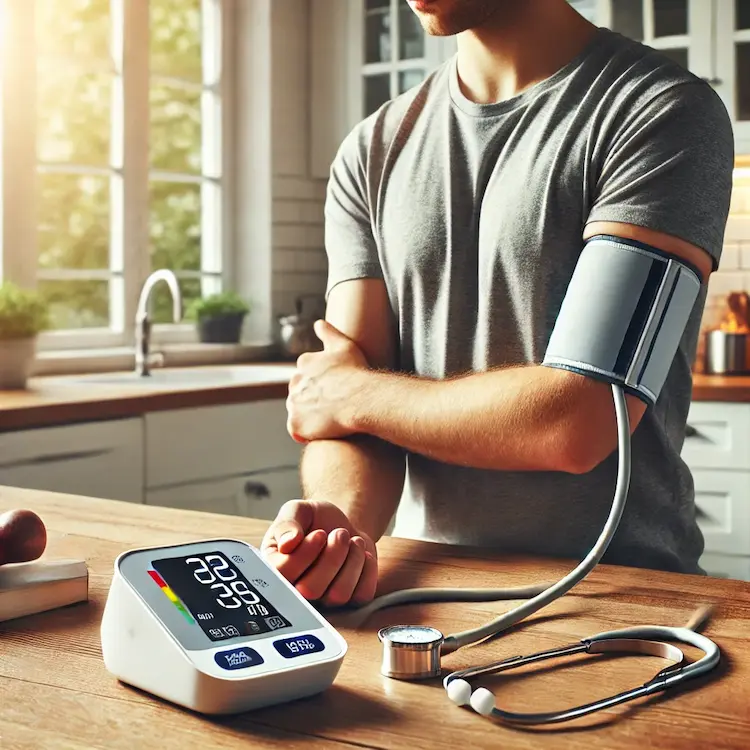Hypertension (high blood pressure) is a common condition among people with kidney disease. In fact, it can both cause and worsen kidney damage, making it a critical aspect of managing chronic kidney disease (CKD). One of the most effective ways to monitor and manage blood pressure is through Home Blood Pressure Monitoring (HBPM). This article delves into the details of HBPM, its importance for people with kidney disease, and how it can be a powerful tool in improving kidney health and preventing further complications.
Home Blood Pressure Monitoring (HBPM) refers to the practice of measuring blood pressure at home using a digital blood pressure cuff. Unlike traditional in-office visits, where measurements may be impacted by factors such as stress, HBPM offers a more accurate, consistent, and comprehensive picture of a patient’s blood pressure throughout the day. For people with kidney disease, this continuous and reliable monitoring is crucial for maintaining optimal blood pressure levels, which can significantly influence the progression of kidney disease.

Hypertension is one of the leading risk factors for kidney disease progression. Over time, uncontrolled high blood pressure can damage the blood vessels in the kidneys, making it difficult for them to filter waste effectively. This can lead to kidney failure and the need for dialysis or a kidney transplant.
HBPM offers numerous benefits for individuals with kidney disease, including:
Blood pressure plays a vital role in kidney function. The kidneys filter excess waste and fluid from the blood, but this process relies heavily on proper blood flow. When blood pressure is too high, it puts extra strain on the kidneys, causing damage to the tiny blood vessels inside. Over time, this can lead to kidney disease or worsen existing kidney damage.
There are several types of blood pressure monitors available for home use. The choice of monitor depends on individual needs, preferences, and the level of accuracy required. The most common types are:
These are the most user-friendly options for HBPM. Automatic digital monitors measure blood pressure by inflating a cuff around the arm and providing a digital reading of both systolic and diastolic pressure. These devices are typically accurate, easy to use, and recommended for people with kidney disease due to their simplicity.
Pros:
Cons:
While less common for home use, manual monitors require a stethoscope and a sphygmomanometer (a cuff and pressure gauge). These devices can provide accurate measurements but may be more challenging to use without proper training.
Pros:
Cons:
Wrist monitors are smaller and more portable than arm cuff monitors. While convenient, they are typically less accurate than upper-arm monitors and may not be suitable for those with kidney disease, as even slight inaccuracies in measurements can be detrimental.
Pros:
Cons:
Proper use of HBPM is crucial to obtaining accurate readings and ensuring that blood pressure is well-managed. Here are some practical tips for using HBPM effectively:
Select a monitor that meets your specific needs. Consult your doctor to determine whether an automatic digital monitor or a manual one is best for you.
Measure your blood pressure at the same times each day, preferably in the morning and evening, to get a consistent picture of your health. Avoid measuring immediately after exercise, eating, or drinking caffeine, as these factors can affect readings.
Sit comfortably with your feet flat on the ground and your arm supported at heart level. Avoid talking or moving during measurements to ensure accuracy.
Keep a log of your blood pressure readings over time. This can help you and your healthcare provider identify patterns and make adjustments to your treatment plan if necessary.

Even though HBPM allows for convenient monitoring at home, regular follow-up with your healthcare provider is essential. Your doctor can help interpret your readings, adjust medications, and provide further guidance on managing your kidney disease and blood pressure.
Managing hypertension in the context of kidney disease requires a multifaceted approach. In addition to regular HBPM, here are a few key considerations:
| Method | Advantages | Disadvantages |
|---|---|---|
| HBPM (Home Monitoring) | Regular, consistent measurements at home. Can be more accurate due to frequent readings. | User error in measurement, limited guidance from a healthcare professional. |
| Clinical Measurement | Performed by healthcare professionals, offering expert analysis. | Less frequent, may be affected by white coat syndrome (stress-induced higher readings). |
Home Blood Pressure Monitoring (HBPM) is an essential tool for individuals with kidney disease. By providing a more accurate, frequent, and convenient way to monitor blood pressure, HBPM empowers patients to take control of their health and prevent further kidney damage. Regular monitoring, combined with a healthy lifestyle and appropriate medical care, can significantly improve the outcomes for people with kidney disease.